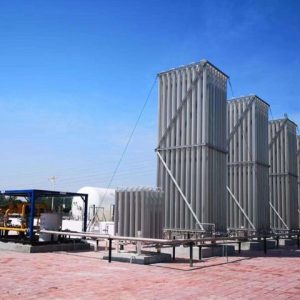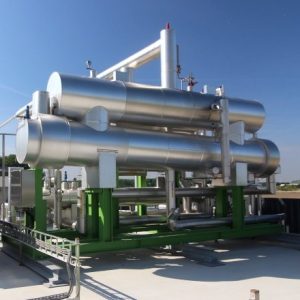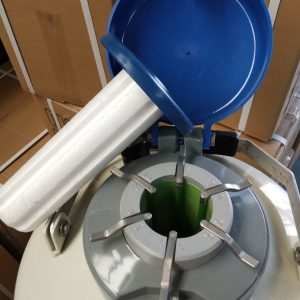The Secret of Cryogenic Treatment: A New Technique for Enhancing Material Performance
In the industrial world, the process of cooling materials further to temperatures ranging from -100°C to -196°C after standard heat treatment is known as cryogenic treatment. This technique reduces the amount of residual austenite, promotes the precipitation of fine carbides, and minimizes intergranular tensile stress. These changes lead to significant improvements in the following material properties:
● Increased Hardness: The HRC hardness of high-speed steel and tool steel can increase by 1 to 2 points.
● Enhanced Wear Resistance: Cr12MoV steel sees a 30% improvement in wear resistance, while 20Ni3Mo carburized steel experiences an 89% increase.
● Improved Flexural Strength: The flexural strength of 440A cast stainless steel rises from 1135 MPa to 1355 MPa.
● Better Toughness: The impact energy of W6Mo5Cr4V2 steel increases from 18J to 40J.
● Improved Red Hardness: The hardness of W18Cr4V steel at 625°C increases from HRC57.9 to HRC63.9.
● Enhanced Dimensional Stability: The residual austenite content in 95Cr18 stainless steel decreases from 35% to 10%.
● Increased Electrical Conductivity: The resistivity of Cu_15Ni_8Sn copper alloy drops from 2.86×10^-7Ω·m to 1.51×10^-7Ω·m.
With the advancement of liquid nitrogen technology and experimental methods, research into cryogenic treatment has expanded beyond steel to include powder metallurgy, copper alloys, aluminum alloys, and other non-metallic materials. This process is now widely applied in industries such as aerospace, hardware, tools, molds, friction components, precision machining, measuring tools, textiles, and automotive manufacturing.
 WOBO Industrial Group Cryochains
WOBO Industrial Group Cryochains








HelloPlease log in